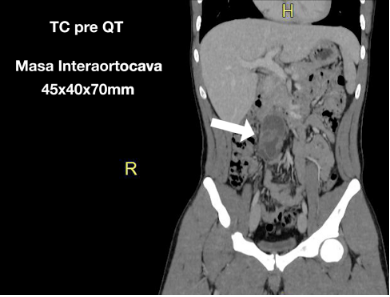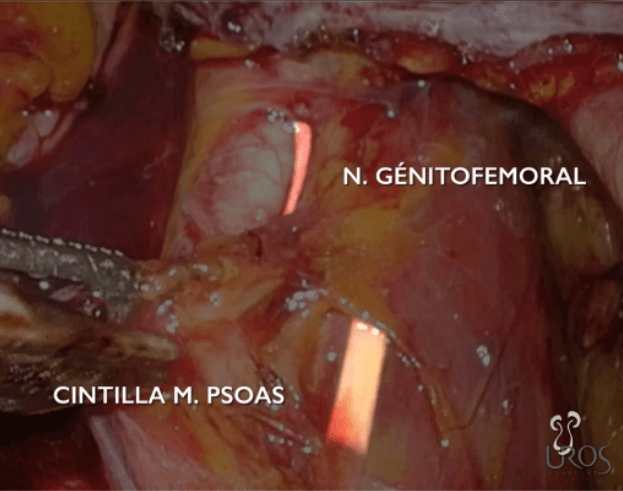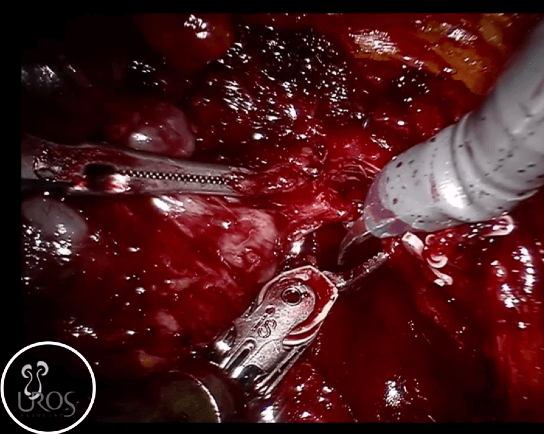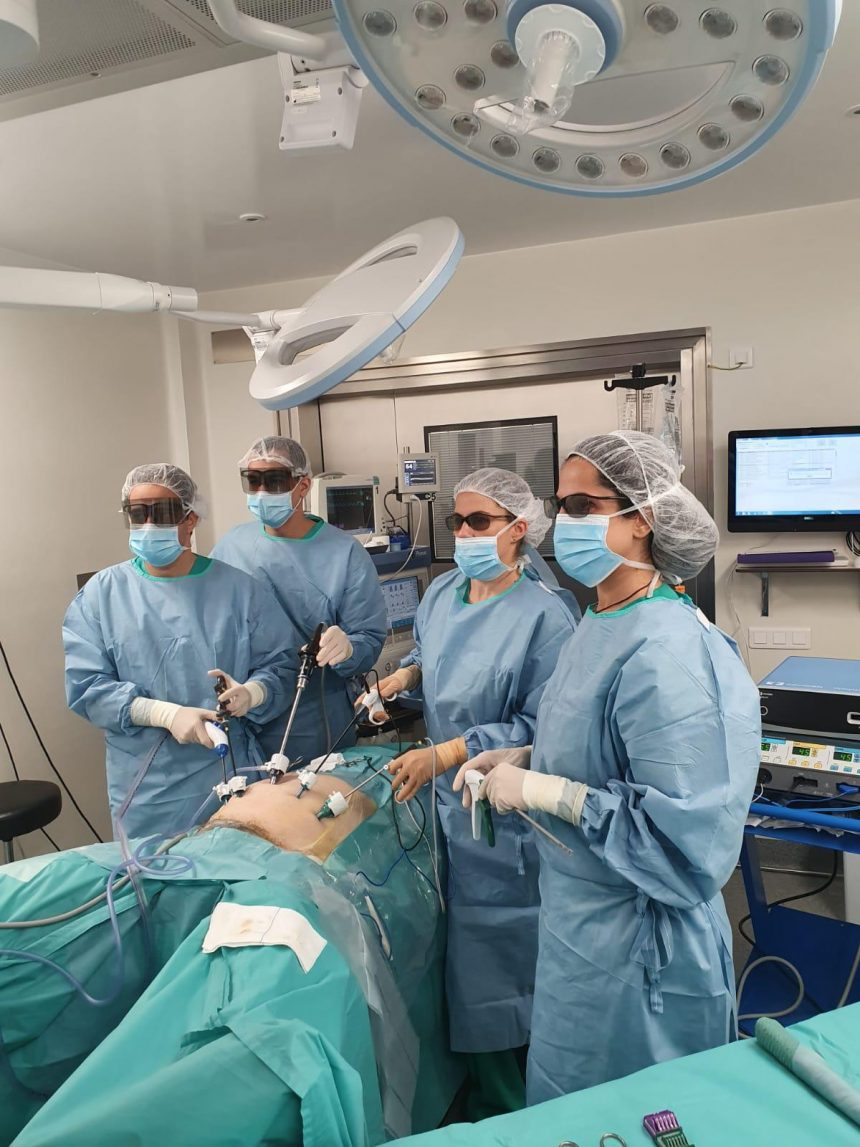In most medical congresses there is a space dedicated to the presentation of scientific videos, especially surgical ones. The audiovisual format in scientific communications has some important advantage over verbal communication, especially in the case of videos that teach surgical techniques (which in the urological field represent most of the videos): the explanation of a surgery will be much clearer if it is accompanied by a visual support compared to if it were described only verbally.
In addition, to teach surgical techniques, a video can show anatomical variations or complications or be used for advertising purposes, for example in the case of commercial houses that want to advertise a new surgical tool. For these reasons, scientific videos are widespread.
Having a standardized scheme for the creation of a scientific video allows the final result to be complete and accurate reducing the risk of errors.
Here we will provide some tips for creating a scientific video of optimal quality. As previously mentioned, we will focus on creating a surgical video that is undoubtedly the most common in urology.
It is necessary to specify that before recording any surgery, it is imperative that the patient sign an informed consent where he gives his permission to the anonymous disclosure of the surgery to which he has been subjected. Of course it is essential to preserve the privacy of the patient and data or images that allow their identification will never be placed.
CHOICE OF THEME
When you think about making a video, you have to assess whether the information we are providing is of interest to the scientific community. A video does not have to be an exhibition of skills, but be a tool for disseminating an original, useful and interesting topic for the community.
Almost all the congresses where scientific videos are presented impose a duration and weight in mega bits determined for the videos, which will be vital to respect.
COLLECTION OF MATERIAL
The main part of the video consists of the recording of the surgery. If it is endoscopic surgery (i.e. minimally invasive surgery, which involves the introduction of a camera into the body and the display of the image on a screen) this can be done through a video recorder. The Quicktime format with the H264 codec is an excellent option for recording surgery, as it ensures very good image quality in a lightweight file.
Aside from the recording of the surgery, a scientific video should include:
– Photos or recording of radiological tests;
– Photos or recording of technical details of interest such as operating room layout, patient placement, surgical incision, arrangement of laparoscopic trocars, robot positioning, etc.;
– Information on the follow-up of patients such as complications (immediate or late), reports of pathological anatomy, postoperative tests etc.
VIDEO CREATION
Software
Once we have all the material we want to include in the video, we will move on to the assembly of it. The program that will be used will depend on the type of computer you have. There are several programs for editing and editing videos: iMovies, Final Cut, DaVinci Resolve etc.
The general scheme we recommend is as follows:
- TITLE
- INTRODUCTION
- CLINICAL CASE PRESENTATION OR CASE SERIES
- RADIOLOGICAL IMAGING (if applicable)
- TECHNICAL DETAILS
- SURGERY VIDEO
- RESULTS
- CONCLUSION
Title
A title will be chosen that expresses directly, clearly and as briefly as possible the objective of the video.
Introduction
It consists of providing scientific evidence on the subject we are dealing with, if possible, showing the recommendations of the most current clinical guidelines, as well as highlighting any possible source of controversy regarding indications or surgical techniques if any.
Presentation of the clinical case or case series
Scientific videos may be made to present a clinical case or a series of patients that, due to the characteristics of the disease or the surgical technique chosen, is interesting.
In the case of a series of patients, the demographic characteristics of the patients will be shown.
In the case of the description of a clinical case, it will be important to refer to the medical and surgical history of the patient and the reason for the consultation that has led to the diagnosis.
Radiological images
These can be images or videos. To facilitate its interpretation, areas of interest such as tumors, lithiasis, vascular structures can be highlighted through animations (arrows, circles, etc.).

TAC
To preserve the patient’s privacy, any reference that may reveal their identity must be removed.
Video of the surgery
Generally, the video of a surgery that lasts several hours has to be cut out in order to finally show its fundamental parts in a few minutes. This is done by joining several cuts of the most important parts of the surgery. Ideally, this process should be performed by the surgeon himself, who knows the most relevant parts of the surgery and the details to be shown. Each cut has to leave the viewer a minimum time that allows him to place himself in the context of surgery and understand the step that is being taught: we advise not to make cuts of less than 7 seconds.
To allow the viewer to focus on a detail that is considered important or to highlight relevant anatomical structures, tools such as text or arrows can be used or even pause.

Results
The viewer is provided with postoperative data such as possible complications, days of hospitalization, the result of the pathological anatomy of the surgical piece, etc. If deemed appropriate, radiological images of tests performed at follow-up can be shown.
Conclusion
The message you want to convey will be summarized in one sentence.
SOUND
It is highly recommended to add a narrating voice that helps and guides the attention of the audience during the video. Music can also be added, taking care that it does not interfere with the narration. In the case where the video is aimed at an international audience, the narration will have to be done in English.
PLAGIARISM
Nowadays it is very easy to download an audiovisual file and it is common for it to be used fraudulently without declaring its original source. To avoid this problem, it may help to put a logo that identifies the institution that made the video.

VIDEO PRESENTATION
When the video is finally presented at a Congress, it is highly recommended to know deeply the topic that is being treated, to be able to defend your thesis with valid and solid arguments against eventual questions and considerations by an audience that most of the time is very prepared and competent.
In conclusion, a scientific video can be a very useful dissemination tool. Its creation requires certain tools (recorder, computer, etc.) and certain computer knowledge. Having a standardized mounting scheme increases video quality and reduces the number of errors.
Doctor Francesco Pellegrinelli
Uros Associats

